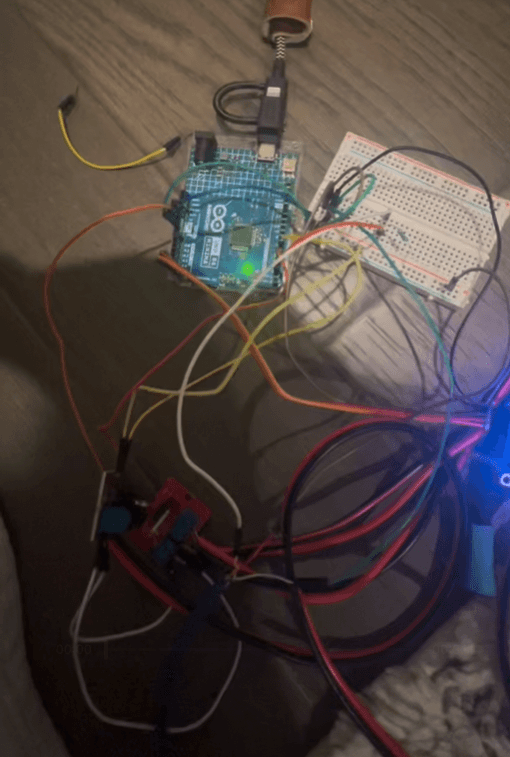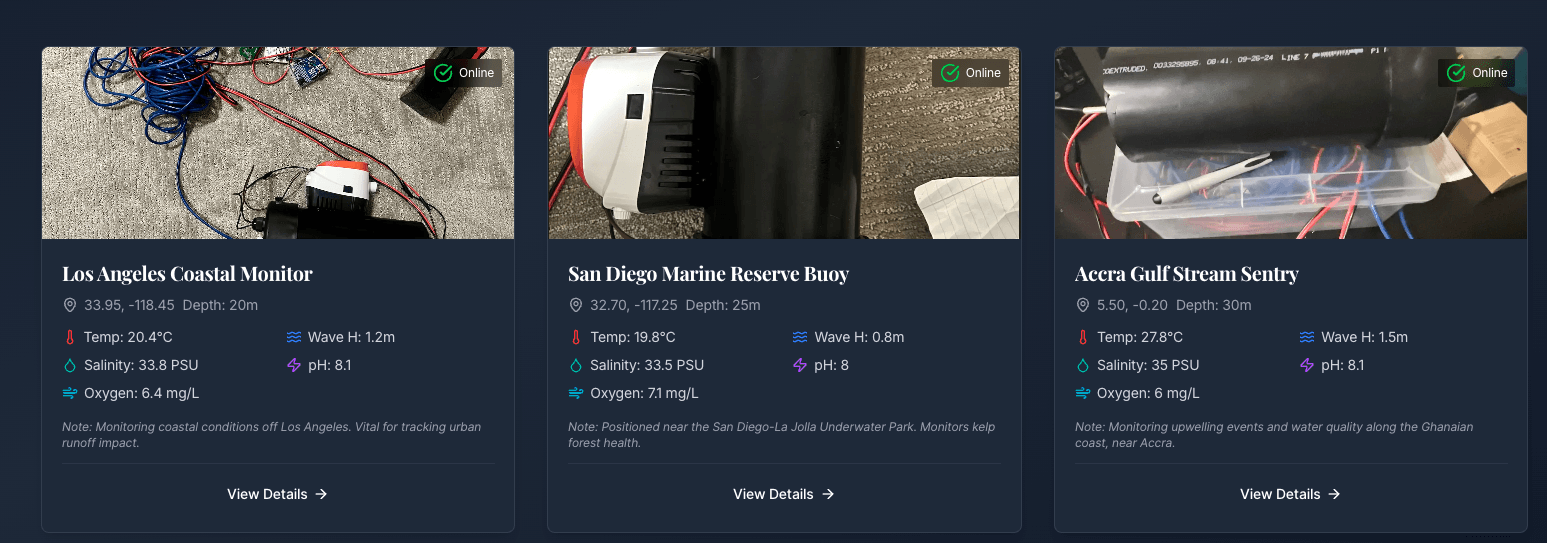About OpenOcean
Creating a global network of smart ocean monitoring buoys in collaboration with REEFlect and NOAA
Monitoring and Protecting Our Oceans
OpenOcean is dedicated to advancing our understanding of ocean health through a comprehensive network of smart monitoring buoys deployed across the world's oceans. Our mission is to collect, analyze, and share critical ocean data to support scientific research, conservation efforts, and environmental policy-making.
In collaboration with REEFlect, our specialized coral reef monitoring program, we place particular emphasis on vulnerable marine ecosystems like coral reefs, gathering real-time data on parameters such as temperature, salinity, pH levels, and dissolved oxygen to track the health of these vital habitats. Through our partnership with NOAA, we're also working to make ocean data more findable and accessible to researchers and the public worldwide.
Our Goals
- Deploy a global network of smart buoys to monitor ocean health in real-time
- Make ocean data accessible to researchers, conservationists, and the public
- Develop early warning systems for coral bleaching events and other marine stressors
- Create open-source tools for oceanic data visualization and analysis
- Support evidence-based marine conservation and policy initiatives
By combining cutting-edge technology with scientific expertise, OpenOcean aims to be at the forefront of ocean monitoring and conservation, creating a comprehensive database of ocean health metrics that will inform conservation efforts for generations to come.
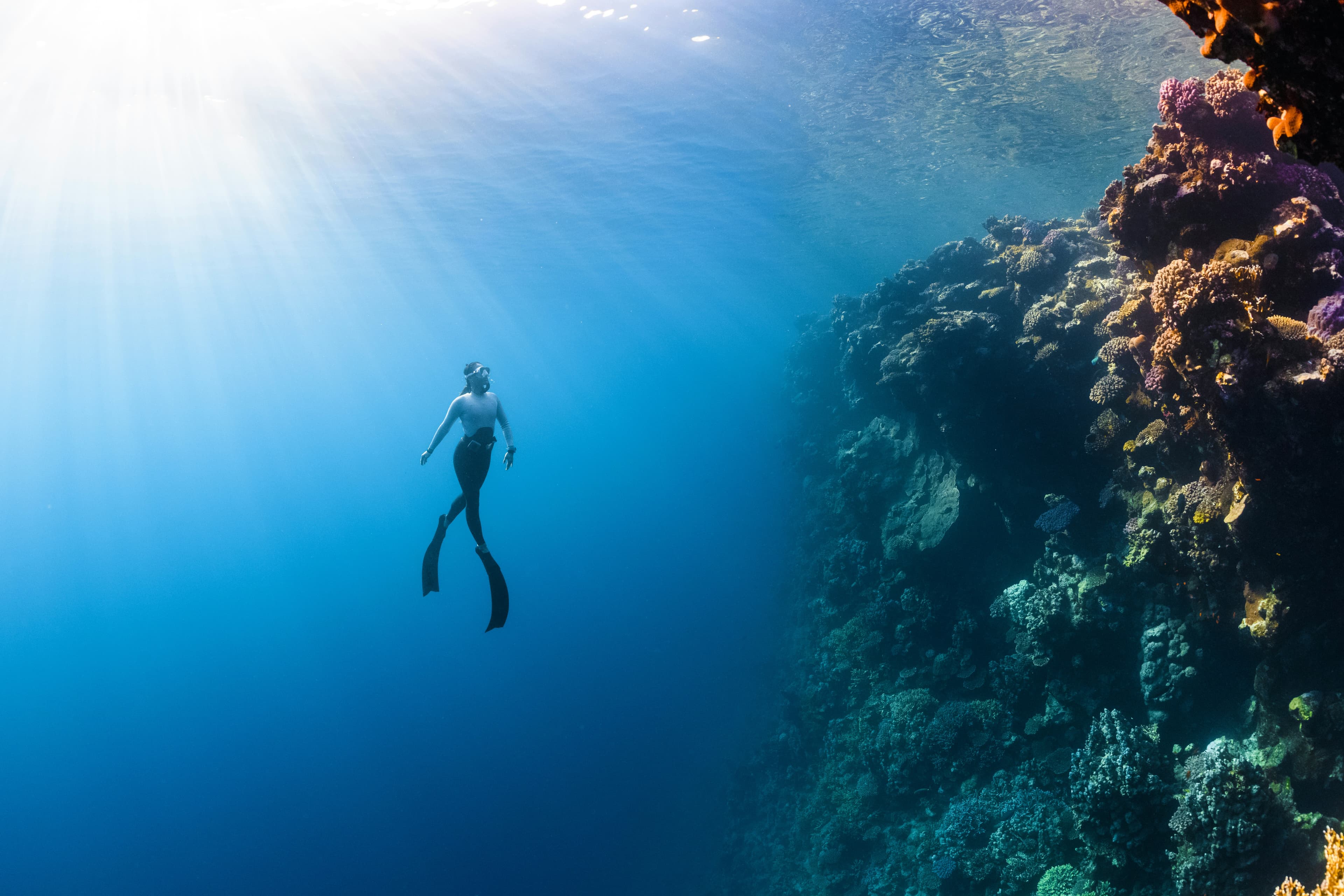
REEFlect Monitoring Station
Great Barrier Reef, Australia
Meet the Ocean Experts
OpenOcean is led by a passionate team dedicated to ocean health and conservation, bringing together expertise in marine science, engineering, and data analysis. We are always looking to expand our team with like-minded experts.
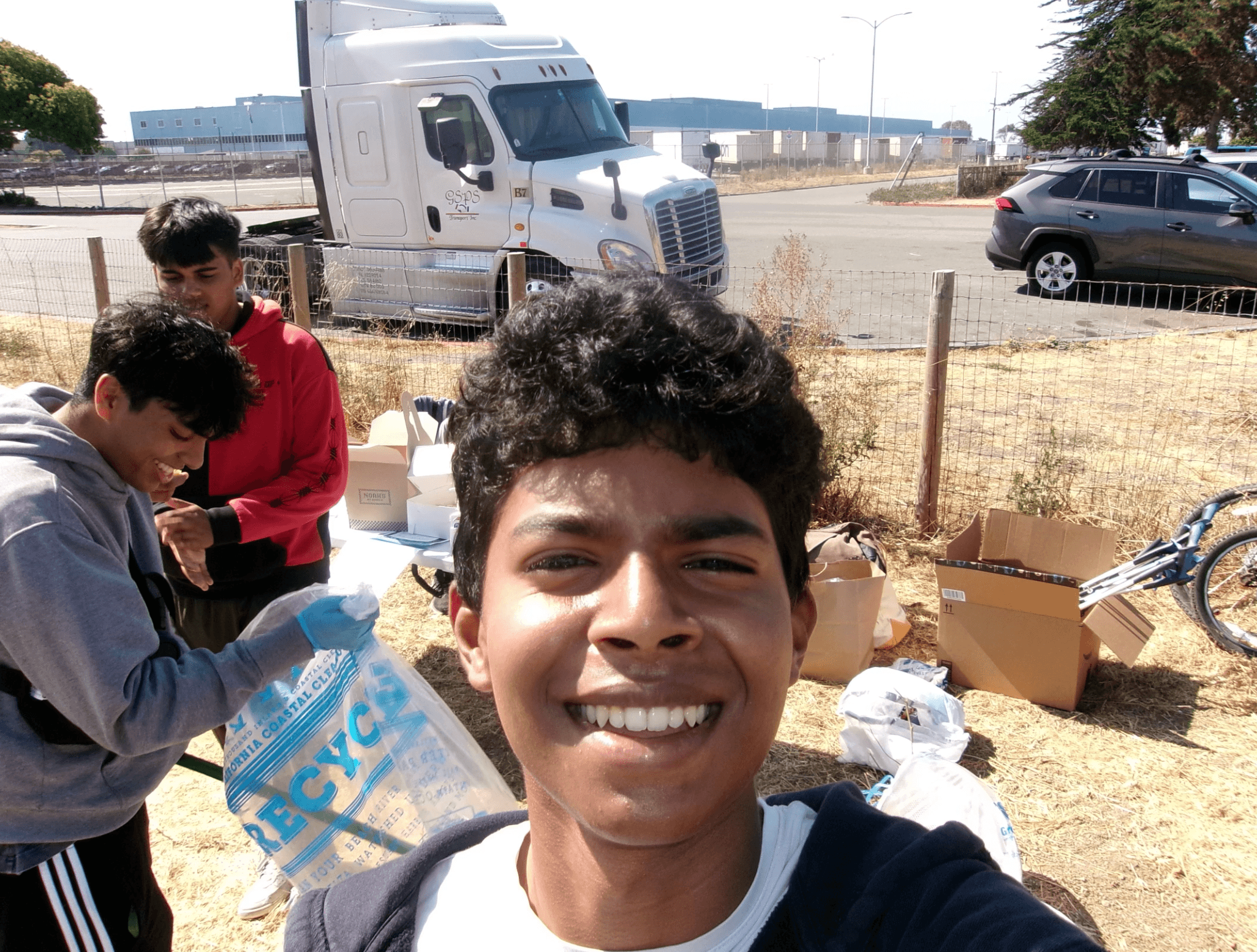
Srikanth Samy
Head, Founder & CEO
Dublin High School student and tech enthusiast passionate about ocean conservation. Co-founded REEFlect to develop advanced smart buoys for coral reef monitoring.
Adi Kaushal
Hardware Engineering Lead
Expert in marine electronics and sensor integration. Designs robust hardware solutions for autonomous ocean monitoring buoys and underwater instrumentation.
Revanth Guda
Data Science Intern
Data science student working on machine learning models for ocean data analysis and predictive analytics. Assists with data visualization and statistical analysis of buoy sensor readings.
Aarush Parekh
Business Data Coordinator
Specialized in oceanographic data analysis and marine ecosystem modeling. Focuses on developing predictive algorithms for coral reef health monitoring systems.
Deven Shah
Research Partnerships Coordinator
Manages collaborations with research institutions and marine conservation organizations. Coordinates data sharing initiatives and scientific partnerships.
Join Our Team
We're looking for passionate individuals to help us expand our impact. If you're excited about oceanography, technology, and open science, we'd love to hear from you.
View Open Positions & ApplyInside Our Smart Buoys & Data Systems
Our smart buoy network represents the cutting edge of ocean monitoring technology. Each buoy is meticulously engineered to operate autonomously in harsh marine environments, collecting and transmitting vital oceanographic data.
Core Components & Operation
At the heart of each OpenOcean smart buoy is a robust, low-power microcontroller, often based on platforms like Arduino or ESP32, chosen for their reliability and versatility. This central processing unit manages data acquisition from a suite of integrated sensors, handles power management, and controls the communication modules.
- Microcontroller: Typically an Arduino Mega, ESP32, or similar industrial-grade single-board computer, programmed for optimized power consumption and sensor management.
- Sensor Suite: A comprehensive array of scientific-grade sensors, including:
- CTD sensors (Conductivity, Temperature, Depth) for physical water properties.
- Optical sensors for turbidity, chlorophyll-a, and Colored Dissolved Organic Matter (CDOM).
- Electrochemical sensors for pH, Dissolved Oxygen (DO), and Oxidation-Reduction Potential (ORP).
- Acoustic Doppler Current Profilers (ADCPs) in select buoys for wave height, direction, and current profiling.
- Power System: High-efficiency solar panels coupled with marine-grade rechargeable battery packs (e.g., LiFePO4) ensure continuous operation. Advanced power management algorithms optimize energy harvesting and consumption.
- Communication: Dual communication pathways for redundancy and flexibility. This often includes:
- Satellite telemetry (e.g., Iridium, Swarm) for buoys in remote offshore locations, providing global coverage.
- Cellular (4G/LTE Cat-M1/NB-IoT) or LoRaWAN for buoys closer to shore or in areas with existing base station infrastructure, offering higher bandwidth and lower operational costs.
- Positioning & Safety: GPS modules for accurate location tracking. AIS transponders and LED beacons are fitted for navigational safety and to aid in recovery.
The REEFlect Partnership
Through our partnership with REEFlect, we've developed specialized monitoring systems specifically designed for coral reef environments. These advanced buoys incorporate REEFlect's proprietary sensors capable of detecting subtle changes in water conditions that may impact coral health.
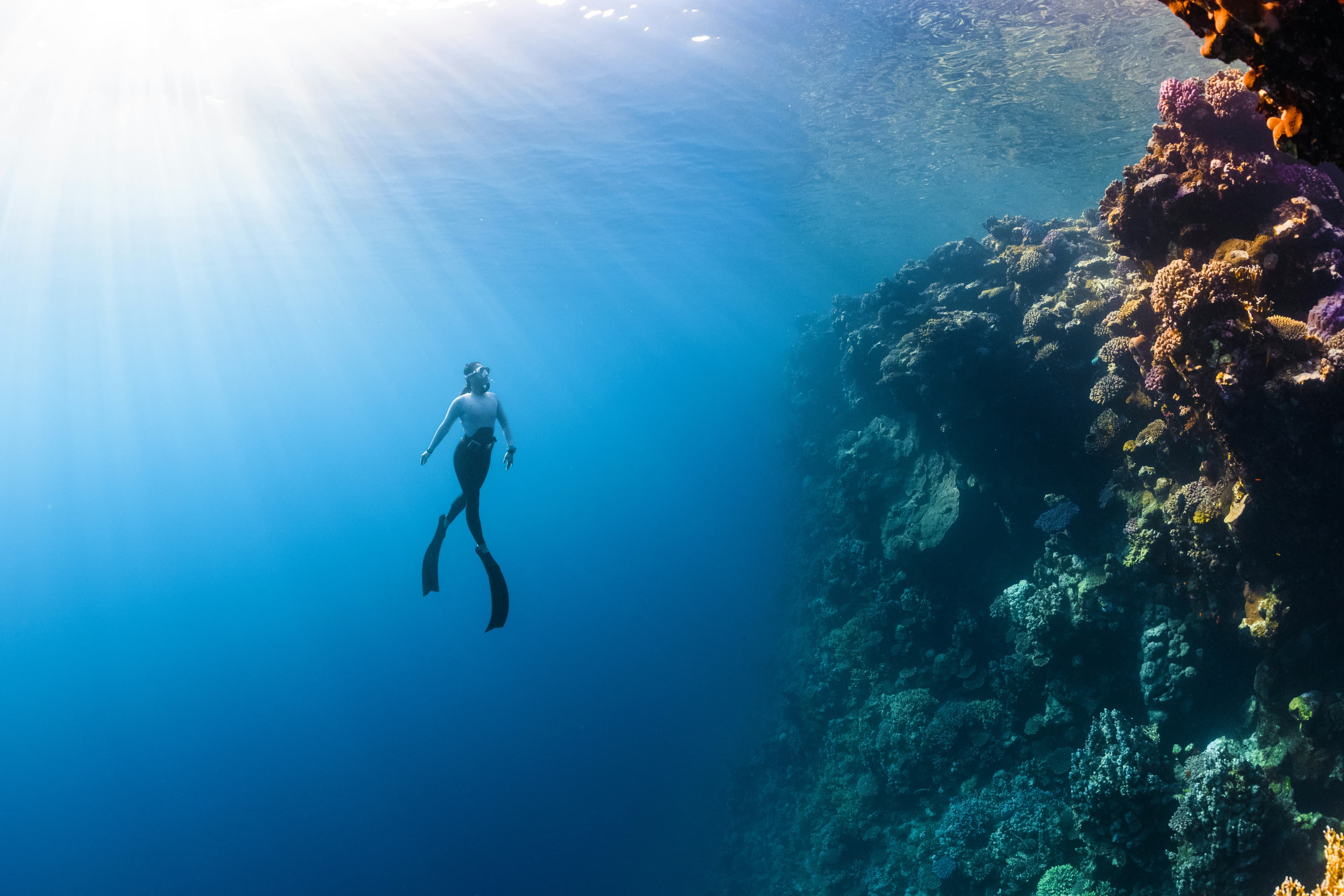
REEFlect Technology
REEFlect specializes in coral reef monitoring technology, providing advanced sensors and data analytics for tracking reef health and predicting potential bleaching events.
Visit REEFlect websiteNOAA Partnership for Ocean Data Findability
In collaboration with NOAA (National Oceanic and Atmospheric Administration), we're working to increase ocean data findability and accessibility. This partnership focuses on standardizing data formats, improving metadata quality, and creating better discovery tools to help researchers and the public find and utilize oceanographic data more effectively.
Ocean Data Findability Platform
Our NOAA collaboration platform enhances ocean data discovery through improved metadata standards, search capabilities, and data integration tools. Making oceanographic research more accessible to scientists, educators, and policymakers worldwide.
Explore Data Findability PlatformSmart Buoy Features
- Sensor Suite: Measures temperature, salinity, pH, dissolved oxygen, turbidity, and more
- Solar Powered: Self-sustaining energy system with battery backup
- Satellite Connectivity: Real-time data transmission to our cloud platform
- Weather Resistant: Designed to withstand extreme marine conditions
- Anti-fouling System: Prevents biological growth that could interfere with readings
- Open Data Protocol: Standardized data formats for easy integration with research platforms
Data Platform & Accessibility
Our cloud-based data platform, developed in-house, is the backbone of our data operations. It ingests, processes, quality-controls, and securely stores all the telemetry data from our buoy network. Using advanced analytics, machine learning models, and time-series analysis, we can identify significant patterns, detect anomalies, and generate actionable insights that would be impossible through manual analysis alone.
All validated data is made available through our open API, adhering to FAIR data principles (Findable, Accessible, Interoperable, Reusable). This allows researchers, conservationists, and other stakeholders to easily access and utilize this valuable information in their own work, fostering collaboration and accelerating scientific discovery.
